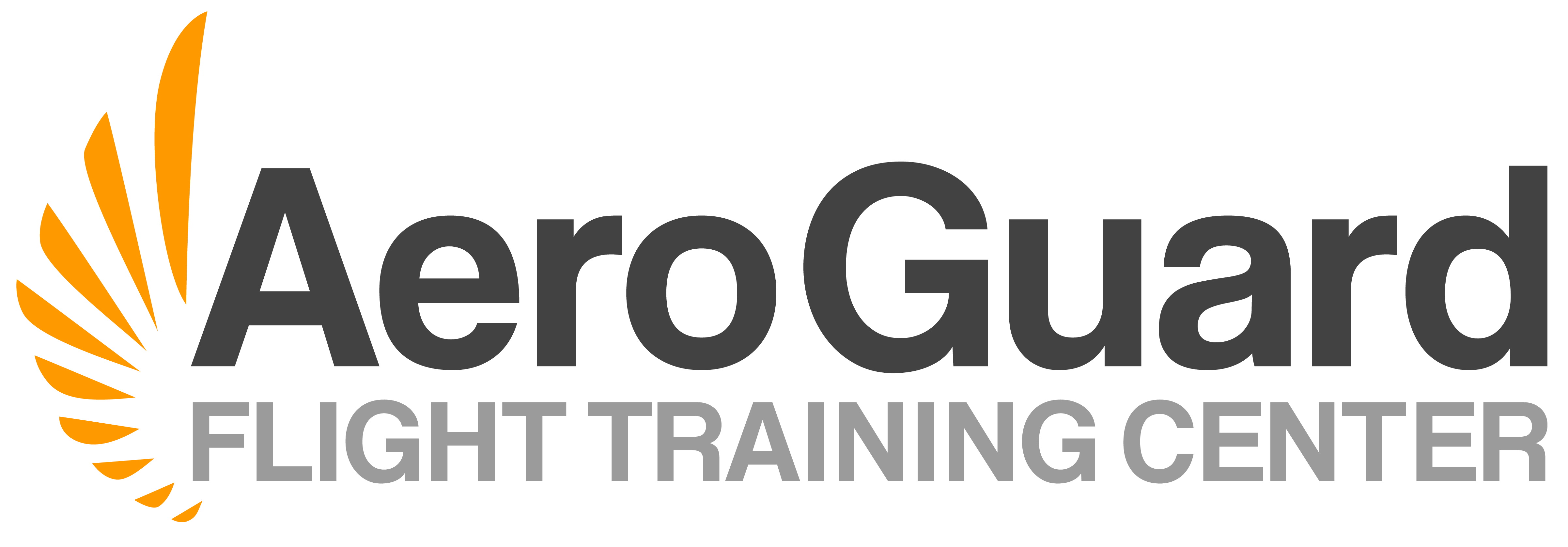Understanding Gyroscopic Principles & Flight Instruments
Gyroscopic Instruments & Gyroscopic Principles – Video Transcript
Today we’re going to talk a little bit about the gyroscopic instruments. To discuss exactly what we’re going to go over, the first thing we’re going to do is go over the principles of a gyroscope. Then we’ll talk about each of the instruments individually. So, we’ll talk about the heading indicator, the turn coordinator, and finally the attitude indicator. So, stick around and we’ll jump into these gyroscopic principles next.
Gyroscopic Principles: Rigidity in Space
For rigidity in space, we have a little mini gyro here that we’re zoomed in on. What we’re going to do is do this. If I don’t have the wheel spinning, which means it’s not acting as a gyroscope right now, and I let go, this will fall over. We know that it will. Now, if I spin it and turn it into a gyroscope like so, and now set it down, you’ll notice that it will no longer fall over. Instead, it will remain rigid in space. So, the gyroscope will simply hold it level to the table. So that’s rigidity in space. Now, we’ll jump over to the other side and talk a little bit about precession.
Gyroscopic Principles: Precession
So, to understand precession, what I have here is a bicycle wheel attached to this string. We know normally, if I were to keep the wheel upright like this, and let go, obviously it will fall over like so. That’s pretty easy to explain. We know gravity is just simply tipping it over like this to make it go flat. Now if we turn this wheel into a gyroscope, so we spin it, and now I let go, will it topple over? The answer is no, it will not topple over. Instead, it’ll precess around the cable in this case. Why is that? Well at this point, the wheel is rotating in this direction and the concept of precession is that this force that’s trying to tip the wheel over is not felt here but is instead felt 90 degrees in the direction of rotation, which is what would cause the wheel to precess around the cable rather than topple over. We can further prove that and instead of rotating it this way like we did, we could rotate it the other way and it would process the opposite direction. So, in both cases, it’s the same concept. The wheel is spinning and that means that this force is applied around a different plane of rotation. So instead of rotating like so, it rotates 90 degrees to that direction. Now that we have a general understanding of how these principles of a gyroscope work, let’s talk about how they apply to each of the specific flight instruments.
Heading Indicator
Now we’re going to jump into talking about how those principles apply to each of these instruments. The first is the heading indicator. For the heading indicator, we’re going to imagine the most important piece here is that it utilizes this concept of rigidity in space. So inside of a heading indicator, the gyro is not mounted sideways, like what we saw at the beginning of the video but is instead mounted vertically like this. So, this gyro once spinning inside the instrument remains, once again, rigid in space. So, the concept of what’s happening inside of the heading indicator is, as we make turns in the airplane, the gyro is constantly pointing in the same direction. As we turn, we just look at different angles of this. What that ultimately equates to then, is that we’re able to measure how many degrees we’ve rotated around this gyroscope and therefore, we can measure which direction we’re facing. Obviously, a heading indicator in this example, then wouldn’t actually know which way magnetic north was facing, so it would be extremely important then for us to always align the instrument with our magnetic compass to ensure that the referenced heading that we’re starting with is referenced to magnetic north.
Turn Coordinator
Next up is the turn coordinator. First and foremost, the turn coordinator utilizes this concept of precession inside of gyroscopes in order to indicate our rate of turn. So how does it do that? Well really what it’s measuring is a turning force. So if you can imagine inside the turn coordinator, the gyro is mounted like this and as it rotates, if we yaw the airplane one way or the other way, what will happen is the force will be applied 90 degrees in the direction of rotation causing the gyro to bank one way or another way. That bank is what’s connected to the little airplane on the turn coordinator and would show that rate of turn. So really, all that’s happening is we’re measuring the amount of force, or how quickly we’re yawing across these various headings. To explain that, if we had the gyro spinning like so, and let’s say we yaw this direction, so if we yaw like so, the force is being applied here. Well it won’t be felt there, it’ll be felt 90 degrees in the direction of rotation, which means this gyro would tip over like so. If that gyro tips over like so, then we know that we would see the little wings of the airplane rotate then in the same direction. So that’s the concept of how the turn coordinator utilizes precession in order to indicate our rate of turn.
Attitude Indicator
So last up is the attitude indicator. The attitude indicator also utilizes the principle of rigidity in space, but it works a little bit differently. The heading indicator was using rigidity in space as you may recall, just to identify, or to measure the number of degrees we yaw around the gyro. Whereas with the attitude indicator the gyro is positioned like so. Instead of being vertical, its horizontal like this, and we’re actually measuring both our angle of bank and our angle of pitch around this instrument. So how we can imagine this is, if I was flying along and the gyro was here in the airplane like this, and let’s say we pitch up, the gyro will remain rigid in space. So, the gyro won’t move, it’ll remain level relative to the Earth’s surface. What will happen then is, as we pitch up our airplane, the tail will go down, the nose would go up, and now I would just see this gyro and I could measure the angular difference from the case of the instrument to this gyro. Vice versa, if I pitched down, it would just go like this and once again I could just measure that angular difference. For bank, it would work very similarly. As I bank to the left or bank to the right, the gyro won’t move, it will just be me and the airplane and the whole case of the instrument that will move. As we do, we can measure the angular difference between the gyro which sort of represents the Earth’s surface – also another reason why this is sometimes referred to as an artificial horizon – and our airplane’s position.
So hopefully you have a little bit better understanding as to the principles of a gyroscope and how each of these three instruments utilize those principles to display the information that they do.

